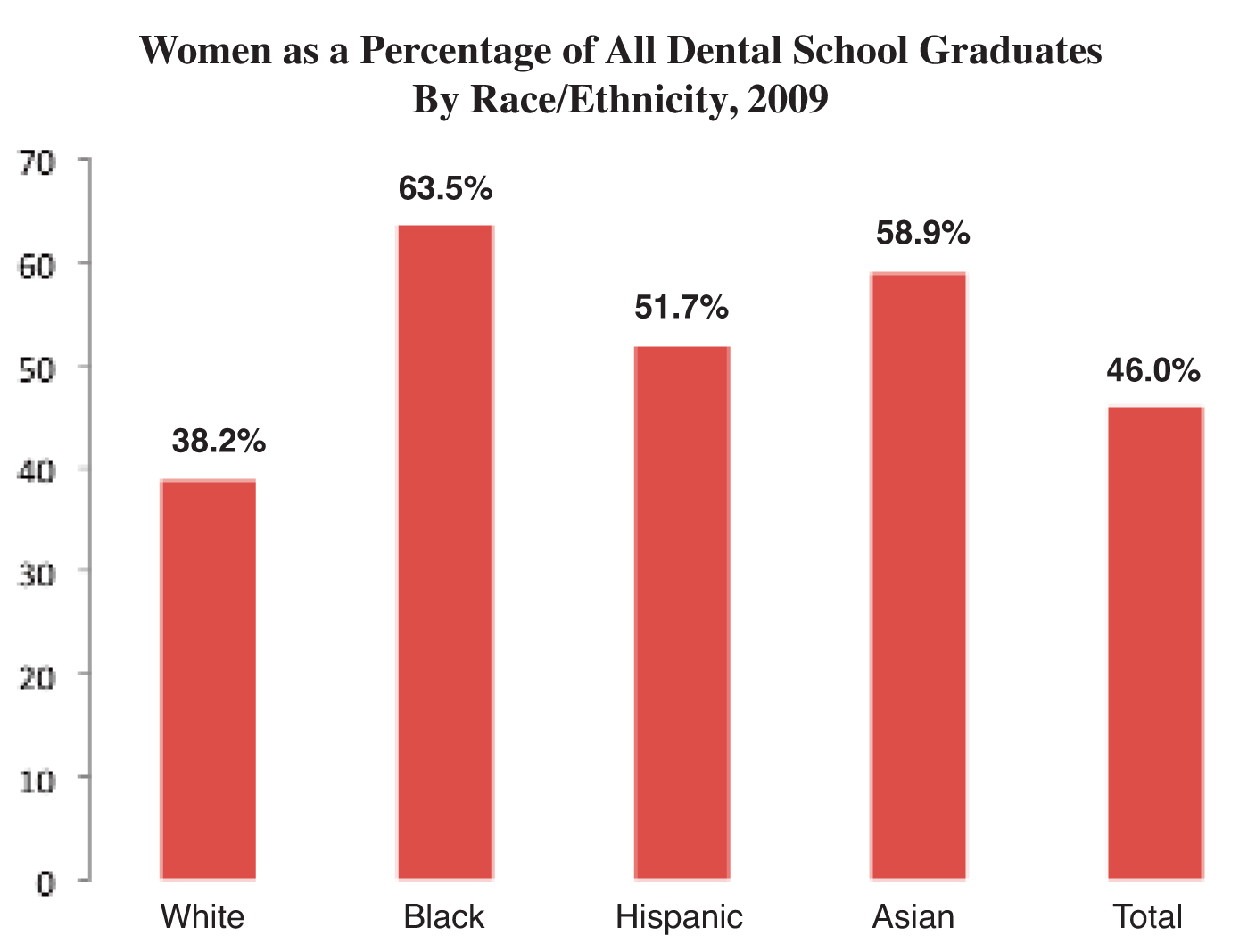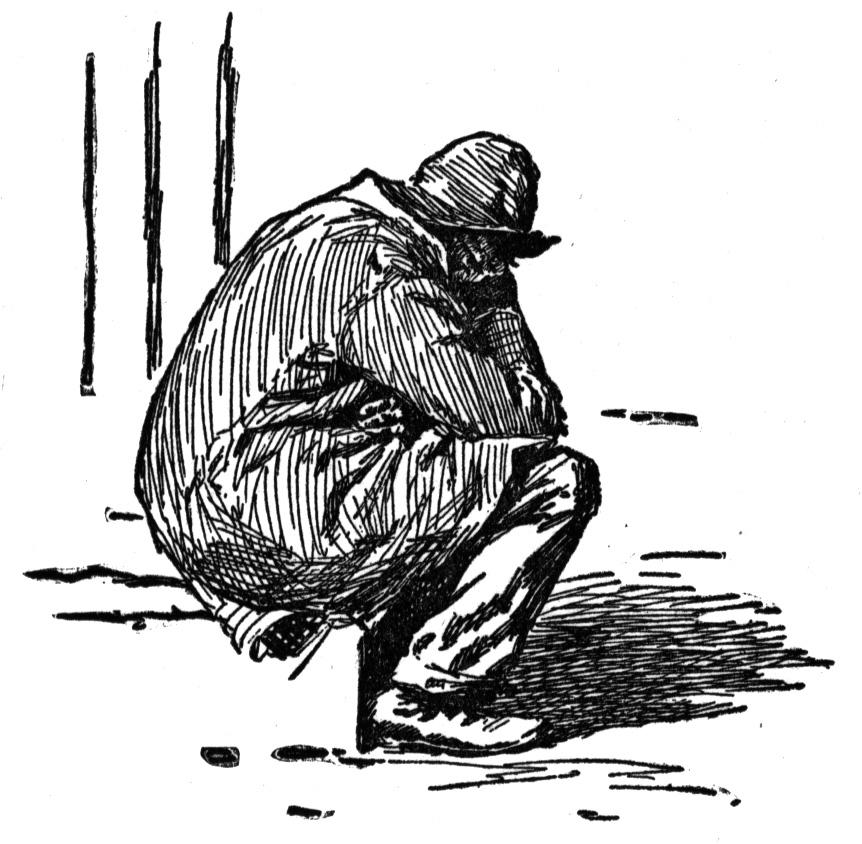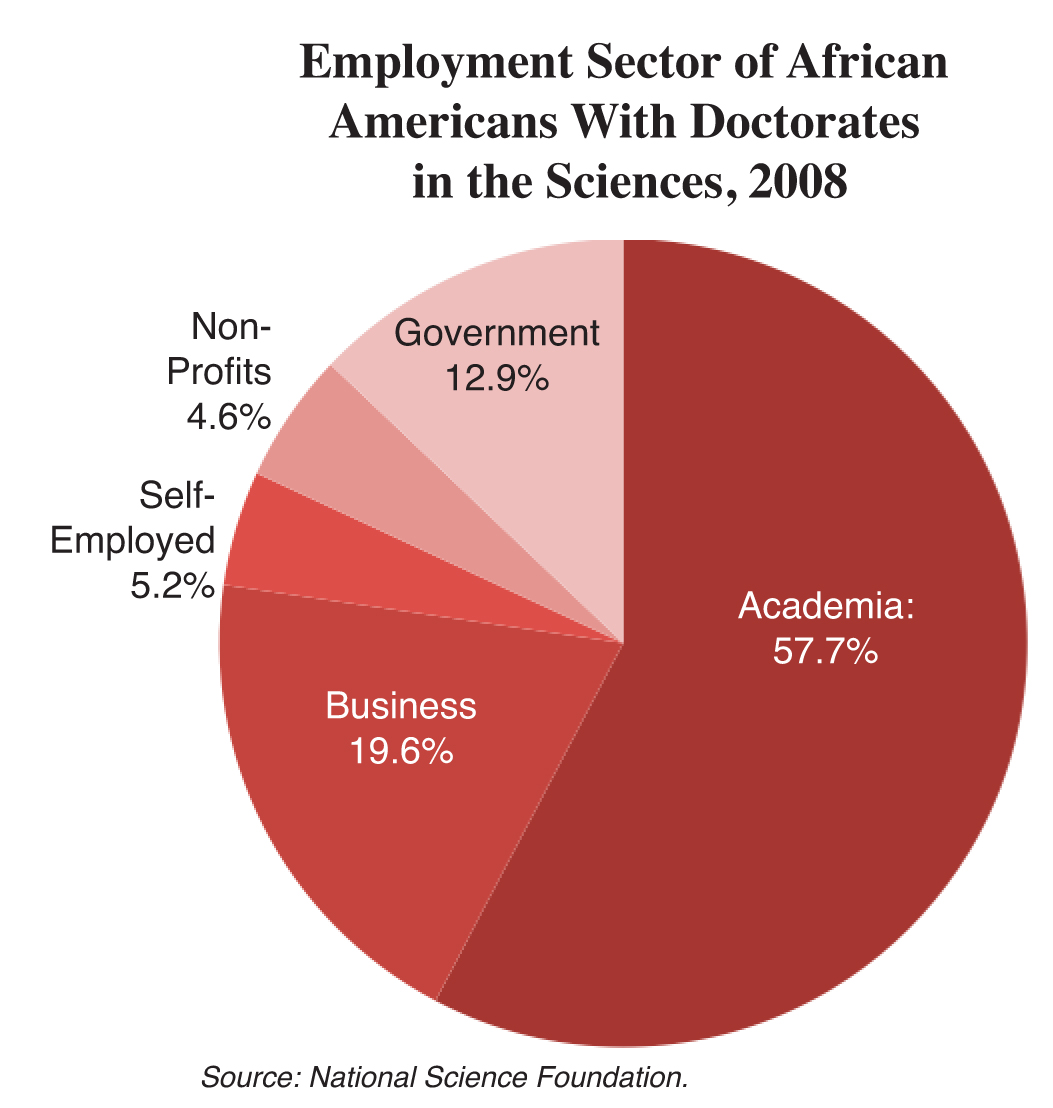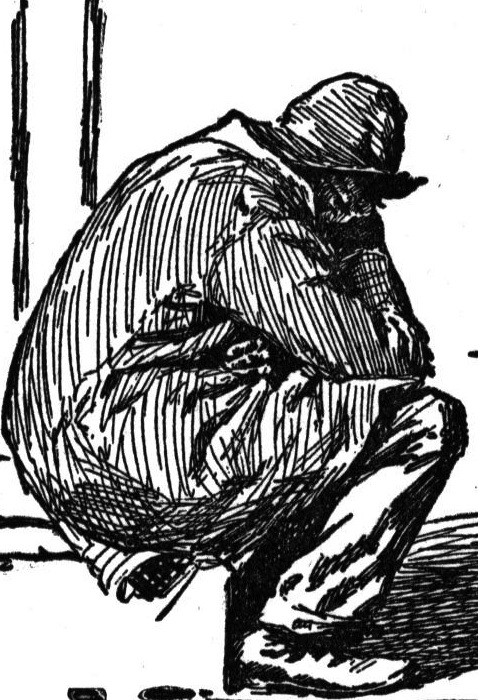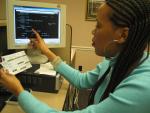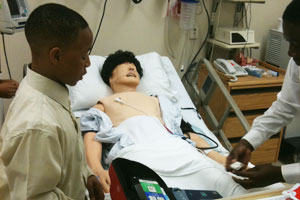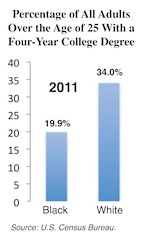Marshall University School of Medicine Seeks Minority Students
Project PRE MED will invite black and other minority college students to campus for a weekend this October.
The Widening Racial Gap in ACT Scores
In 2011, 223,000 African American high school seniors took the American College Testing Program's ACT college entrance examination. This is an increase of 47 percent from 2007. While there was a slight improvement from last year's average score of 16.9, this year's score is exactly the same average score that black students achieved in 2007. For whites the average ACT score in 2007 was 22.6. By 2011 the average white score had improved a full point to 23.6.
Racial Disparity Found in Approvals of Grants by the National Institutes of Health
A new study led by Donna K. Ginther found that black scientists were 13 percentage points less likely than white scientists to win grants from the National Institutes of Health.
African Development Bank Program Aims to Increase the Number of Rwandan Women in the...
Girls make up nearly half of the total enrollments at the high school level. But only 14 percent of the students in higher education in Rwanda are women.
Illinois Launches Official Investigation of Racial Disparities in Education and Other Facets of Life
Illinois Governor Pat Quinn recently signed legislation creating the Commission to End the Disparities Facing the African-American Community.
Black Freshman Enrollments Are Up 8 Percent at the University of South Carolina: But...
Black freshman enrollments at the University of South Carolina are up about 8 percent from a year ago, when 287 black freshmen enrolled. While African Americans make up 28 percent of the college-age population in South Carolina, blacks make up only 7 percent of the first-year enrollments at the state's flagship university.
African-American Progress in Dental School Enrollments Hits a Wall
After significant improvements in black enrollments at U.S. dental schools, the progress has halted. In the 2009-10 academic year, blacks remained stuck at 5.7 percent of all dental school enrollments, unchanged from 2005.
The Racial Gender Gap in U.S. Dental Schools
In dental school enrollments, the large gender gap in favor of men exists only for whites.
The Persisting Racial Gap on the SAT College Entrance Examination
Since 1988, the racial gap on the reading and mathematics sections of the SAT has increased from 189 points to 208 points.
The Huge Racial Gap in Poverty Rates
There were 731,000 more blacks living in poverty in 2010 than was the case in 2009.
Retention, Not Recruitment, Is the Major Problem in Efforts to Have More Minority Teachers
Black and other minority teachers are more likely to leave the profession than other teachers.
Where African Americans With Scientific Doctorates Find Work
Blacks with scientific doctorates are more likely than similarly educated whites to work in academia while whites are more likely than blacks to work in the corporate world.
The Racial Gap in College Student Graduation Rates
For black students who matriculated in the fall of 2004, only 43 percent earned their degree within six years.
University Study Finds That the Number of Federal Food Aid Recipients Has Skyrocketed
Blacks are far more likely than whites to receive supplemental nutritional assistance.
Racial Differences in Criminal Victimization in Schools
African-American students were nearly twice as likely as white students to be victims of violent crime in school.
High School Dropouts: Black Rate Double That of Whites
More than 9 percent of all African Americans ages 16 to 24 in October 2009 did not have a high school diploma or the equivalent and were no longer enrolled in school.
Study Finds That Income Trumps Race in Explaining Academic Achievement Gap
According to the Stanford University research, 50 years ago, just the opposite was true.
Emory University Research Finds Racial Disparity in Kidney Transplants for Youth
Black youth without health insurance were 59 percent more likely to die than young White patients.
Hold Your Applause on the New Unemployment Rate Data
While the nation's unemployment rate dropped, the rates for Black men and Black women both went up.
University of Delaware Mounts Effort to Increase Racial Diversity
Blacks are just 5 percent of the undergraduate student body and 4 percent of the faculty but 21 percent of the state's population.
The Persisting Racial Digital Divide
Whites are more likely than Blacks to have wired broadband services in the home.
In Smoking, the Racial Gap Strongly Favors Blacks
A University of Michigan study finds that Whites are twice as likely as Blacks to smoke cigarettes.
Will College-Age Blacks Vote in 2012?
There was a huge jump in voter participation by young Blacks in 2008. Will the same enthusiasm prevail in 2012?
The Racial Gap in Homework for Students Preparing for College
Only 29.7 percent of Black high school students do homework five or more days per week compared to 44.3 percent of White high school students.
The Racial Gap in Graduation Rates at the U.S. Service Academies
Nationwide, the Black student college graduation rate is about 20 percentage points lower than the rate for White students. But at the U.S. service academies the racial gap is much lower.
The College Enrollment Rates of the Children of Native-Born and Immigrant Black Families
Children in Black families who immigrated to the United States are more likely to enroll in selective colleges than the children of White and native-born Black families.
Mentoring Program Aims to Increase the Number of Black Men Seeking Careers in Medicine
Fifteen African American male students from sixth grade classes in Pittsburgh area schools are chosen for the program each year.
Purdue Reports a Shrinking Racial Gap in Retention Rates
In the past five years the racial gap has shrunk from 11 percentage points to almost nothing.
New Princeton University Committee Aims to Identify Ways to Enhance Diversity
The committee will develop recommendations for strategies to attract people of color and women to positions in which they have historically been underrepresented.
Good News on Educational Attainments
One in five adult African Americans over the age of 25 are now college educated. There has been tremendous progress, but a significant racial gap remains.
Black Students Taking More AP Tests, But the Racial Scoring Gap Persists
In 2011, Blacks were 14.7 percent of high school graduates, took 7.2 percent of AP tests, and were 4.1 percent of those who passed AP examinations.
Where Do College Students Stand on the Issue of Affirmative Action?
With the Supreme Court agreeing to hear a case on the race-sensitive admissions program at the University of Texas, it appears that there is a wide variety of opinions on the subject among college students.
University of Georgia Study Finds Wide Racial Disparity in Cancer Mortality Rates
The racial disparities in mortality rates were the greatest for oral, prostate, and cervical cancers and were more pronounced in rural areas.
Benefits of Preschool Are More Likely to Accrue to Children of Lower-Income Homes
A study conducted by a psychologist at the University of Texas finds that the preschool experience can greatly reduce academic achievement gaps between white and nonwhite children and children from rich and poor families.
A Check-Up of Blacks in U.S. Medical Schools
Over the first decade of the 21st century, the Black percentage of all U.S. medical school graduates has declined.
The Huge Racial Gap in College Graduation Rates
Only 39.5 percent of Black students who entered four-year-college bachelor's degree programs in 2004, earned their degree within six years.
